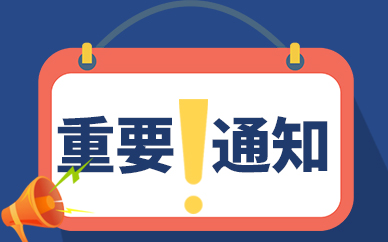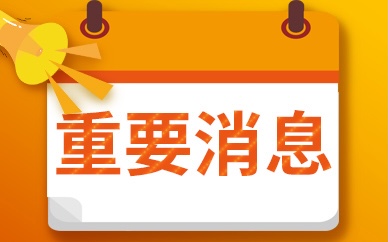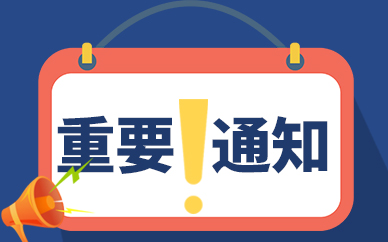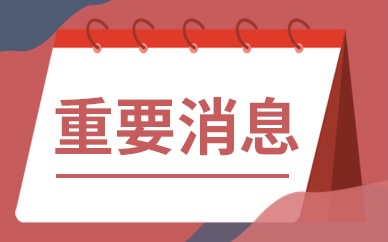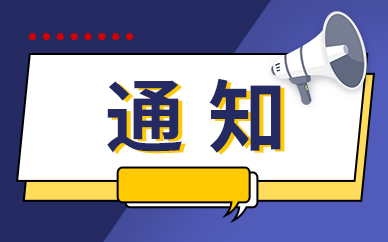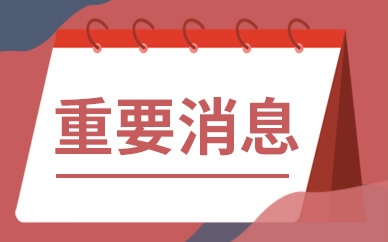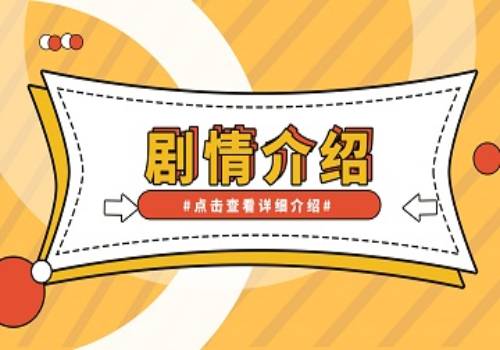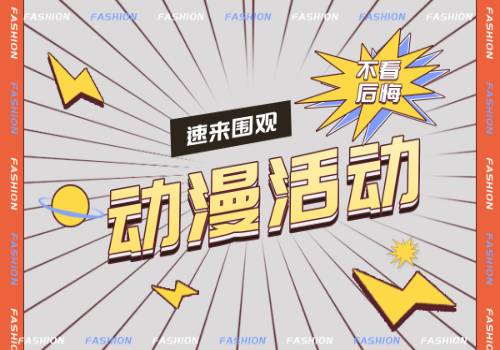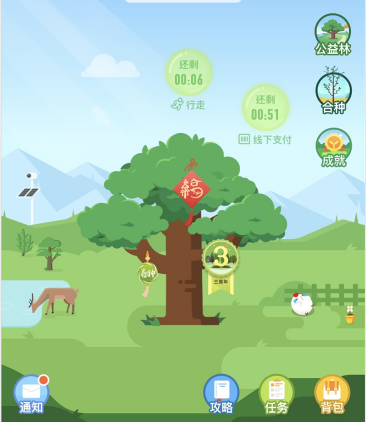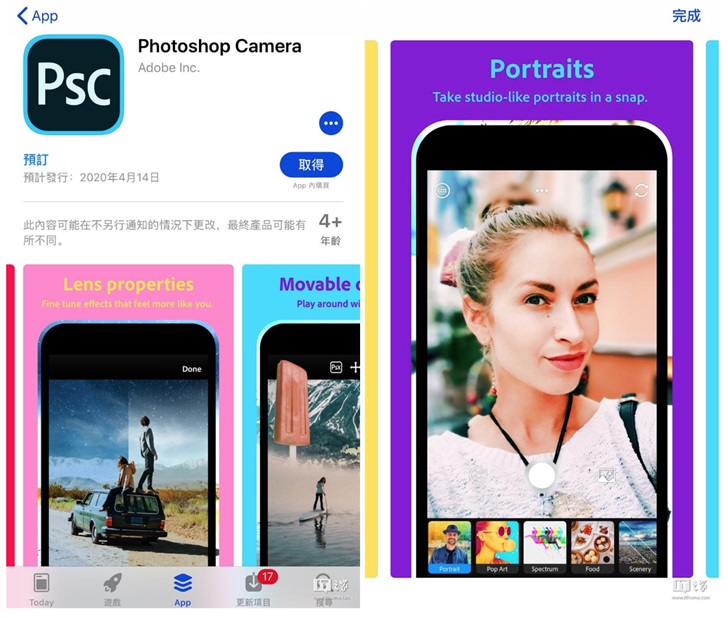 (相关资料图)
(相关资料图)
在我们使用高德地图的时候,官方给我们推荐了很多案例,demo,但是这些案例都是使用原生方法接入,并没有提供vue或者react的demo,vue2的 接入网上也很多人都有写过,下面本篇文章就来看看 vue3怎么使用常用的高德地图api,希望对大家有所帮助!
前置工作
首先安装包并引入npm i @amap/amap-jsapi-loader --save
登录后复制import AMapLoader from "@amap/amap-jsapi-loader"
登录后复制使用官方介绍的方式进行加
vue2和 vue3是有区别的,这里我们使用的是 vue3,但这里 vue3的方式还是选项式,不是组合式的,我自己写的时候使用的是组合式的,且集成了ts, 我后面发布完整 .vue文件的时候 会去掉标签上的 ts,因为类型还没有完善,等后面完善了再贴更改以后得。为什么要使用 shallowRef官方也给出了说明原因。 【相关推荐:vuejs视频教程、web前端开发】
示例模块
模块的引入
首先导入的方式,和官网一样,后面我会贴完整代码, 这里我们使用plugins加载插件, 其他配置如 Loca, 直接进行配置, 这里需要注意版本问题, 写成 ‘2.0’ 是不行的,初始化函数在 onmounted生命周期中执行。AMap存储这里我做了很多存储,大家知道 .value的语法是 vue3获取 ref的语法,我下面使用到的 都是ref,后面完整代码可以查看, 这里挂载的时候直接存一下,因为很多工具方法都会只用到他,这里后期业务逻辑我会抽离到 pinia中去,所以不需要在初始化函数中写全部的业务逻辑。模版样式不生效问题, 我们在使用的时候, 就像我之前写的文章,点位新增的时候,我们会插入 content 字符串模版,替换点样式,这里有两种方案修改样式,一种是 插入 DOM,不使用字符串,然后在 DOM 上通过 style直接修改样式,另一种就是使用模版的时候直接给 class类名,但是这种样式如果我们给 vue的 style加了 scoped就不会生效,这里大家可以自己灵活选择用哪种,我这里暂时先使用模版的方式,去掉了 scoped。图例, 图例这里除了导入的时候,需要配置一下,使用上来说变化不大,样式的修改还是复用了我之前的逻辑。import AMapLoader from "@amap/amap-jsapi-loader"const initMap = () => { AMapLoader.load({ key: "b59c490f61a694b9d7576dd864f74d6e", // 申请好的Web端开发者Key,首次调用 load 时必填 version: "2.0", // 指定要加载的 JSAPI 的版本,缺省时默认为 1.4.15 plugins: ["AMap.Scale", "AMap.ToolBar", "AMap.MouseTool"], // 需要使用的的插件列表,如比例尺"AMap.Scale"等 Loca:{ version:"2.0.0" } }) .then((res) => { AMap.value = res // 上来就显示的中心点 北京 116.397, 39.918 var lnglat = new res.LngLat(105, 38) map.value = new res.Map("container", { //设置地图容器id viewMode: "3D", //是否为3D地图模式 zoom: 5, //初始化地图级别 center: lnglat, //初始化地图中心点位置 }) map.value.clearMap() // 清除地图覆盖物 // 地图是否可拖拽和缩放 map.value.setStatus({ dragEnable: true, // 是否可拖拽 zoomEnable: true, // 是否可缩放 }) initWindow() // 添加一些分布不均的点到地图上,地图上添加三个点标记,作为参照 coordData.forEach(function (marker) { setMarker(marker) }) let renderLine = setLine(coordData) // 设置线 let polyline = renderLine.reduce((prev, item, index) => { let weight = item.type === 1 ? 5 : 3 let color = item.type === 1 ? headColors[0] : headColors[1] prev.push(setLines(item.current, color, weight)) return prev }, []) map.value.add([...polyline]) // 绘制线 //创建右键菜单 menuInstance.value = new ContextMenu(map.value) let loca = new Loca.Container({ map:map.value, }); window._loca = loca; // 图例, 图例可以实例化多个,使用定位来设置位置 let lengend = new Loca.Legend({ loca: loca, title: { label: "管道类型", fontColor: "rgba(255,255,255,1)", fontSize: "16px" }, style: { backgroundColor: "rgba(255,255,255,0.2)", left: "20px", bottom: "40px", fontSize: "12px" }, dataMap: [ { label: "省级管道", color: headColors[1] }, { label: "县级管道", color: headColors[0] }, ], }); //修改图例排列方式 document.getElementsByClassName("amap-loca loca-controls")[0].setAttribute("id", "testid") var lis = document.querySelectorAll("#testid li"); for (var i = 0; i < lis.length; i++) { console.log(lis[i]); lis[i].setAttribute("class", "test" ); } }) .catch((e) => { console.log("error", e) })}onMounted(() => { initMap()})登录后复制右键菜单
这里使用了一个函数,但这个函数还不是类,但是他却在里面使用了this,实话来讲,这种写法确实不是很优秀,可扩展性很差,不够健壮,但没办法,谁让我们用了人家的东西呢是吧, 在 vue3中这么用就不可以了,首先 vue3里面使用 this就不是官方建议的, 另外这里面还修改了函数原型上的方法,其实我得代码里面一共有两种右键菜单,如下:一种是在指定点位上打开,另一种是在非点位的空白处打开,指定点位处打开的其实叫信息窗体,只不过是通过右键的方式触发,那个没有上面这个右键菜单麻烦。
首先来说this问题, 这里的 this实际上就是把我们的实例化对象挂载到上面而已,vue3中没办法像 vue2那样使用 this, 但也提供给我们了 api来获取当前组件的实例化对象, 然后我没用使用函数, 使用了一个类,类构造这个方法, 模版也不适用字符串模版,因为这里字符串模版的事件绑定写死了,我们使用 DOM来动态绑定事件,代码如下:const { ctx } = getCurrentInstance()const _this = ctx//自定义菜单类class ContextMenu { constructor(map) { var me = _this //地图中添加鼠标工具MouseTool插件 _this.mouseTool = new AMap.value.MouseTool(map) _this.contextMenuPositon = null const fragment = document.createElement("div") // 使用 DOM 方式, 方便添加事件 fragment.className = "info context_menu" const p = document.createElement("p") p.addEventListener("click", this.delMarkerMenu) p.textContent = "移除上次选中信息" fragment.appendChild(p) //通过content自定义右键菜单内容 _this.contextMenu = new AMap.value.ContextMenu({ isCustom: true, content: fragment, }) //地图绑定鼠标右击事件——弹出右键菜单 map.on("rightclick", function (e) { me.contextMenu.open(map, e.lnglat) me.contextMenuPositon = e.lnglat //右键菜单位置 }) } delMarkerMenu() { // 右键菜单上次选中点的信息 clearPoint() _this.mouseTool.close() _this.contextMenu.close() }}登录后复制完整代码
添加选点请输入坐标
<script setup>import { onMounted, reactive, ref, getCurrentInstance } from "vue"import AMapLoader from "@amap/amap-jsapi-loader"import { shallowRef } from "vue"import { coordData } from "./data"const map = shallowRef(null)const { ctx } = getCurrentInstance()const _this = ctxconst menuInstance = ref() // menu 实例let AMap = ref() // map 实例let currentPonit = ref(null) // 存储当前选中点 DOMlet currentData = reactive({}) // 当前选重点信息let sourceInfoWindow = ref()const headColors = ["#3366bb", "#6622FF"]// 工具方法// 修改DOM 类名function changeStyle(res, data) { if (currentPonit.value !== null) { currentPonit.value.classList.remove("active") } currentPonit.value = res.children[0] currentData = data currentPonit.value.classList.add("active")}// 清除点信息function clearPoint() { if (currentPonit.value) { currentPonit.value.classList.remove("active") } currentPonit.value = null currentData = {}}// 设置线信息function setLines(lnglat, color, weight) { return new AMap.value.Polyline({ path: lnglat, // showDir:true ,// 设置线方向 strokeColor: color, // 线颜色 strokeWeight: weight, // 线宽 strokeOpacity: 0.6, // 透明度 })}function markerClick(e) { console.log("sourceInfoWindow.value", sourceInfoWindow.value, e.target) sourceInfoWindow.value.setContent(e.target.contents) sourceInfoWindow.value.open(map.value, e.target.getPosition())}function setInput(e, name) { let text = e.target.parentElement.parentElement.children[0].innerText.split( "供给点", )[0] let current = coordData.filter((item) => { return item.name === text }) window.localStorage.setItem(text + name, e.target.value)}const initWindow = () => { // 信息窗体 let infoWindow = new AMap.value.InfoWindow({ offset: new AMap.value.Pixel(0, -10), retainWhenClose: true, }) sourceInfoWindow.value = infoWindow infoWindow.on("open", function (...arg) { let inputOut = document.getElementById("inputOut") let inputPro = document.getElementById("inputPro") inputOut.addEventListener("change", (e) => { setInput(e, "inputOut") window.location.reload() }) inputPro.addEventListener("change", (e) => { setInput(e, "inputPro") window.location.reload() }) })}// 抽离点位信息设置function setMarker(marker) { //创建右键菜单 var contextMenu = new AMap.value.ContextMenu() //右键放大 contextMenu.addItem( "放大一级", function () { map.value.zoomIn() }, 0, ) //右键缩小 contextMenu.addItem( "缩小一级", function () { map.value.zoomOut() }, 1, ) contextMenu.addItem("设置起点", function () { console.log("设置起点", marker, markerd.dom) changeStyle(markerd.dom, marker) contextMenu.close() // 关闭右键菜单 }) contextMenu.addItem("与起点连线", function () { if (!currentPonit) { alert("请选择起点") contextMenu.close() return } else { // 这里其实可以根据数据判定线类型了,因为第二个选中点的信息+和第一个选中点的信息都有了,但是过滤方法会比较复杂 let path = [currentData.position, marker.position] const polyline1 = setLines(path, "#3366bb", 5) map.value.add([polyline1]) clearPoint() } contextMenu.close() // 关闭右键菜单 }) let content = "" var markerd = new AMap.value.Marker({ map: map.value, // icon: marker?.icon, content, offset: new AMap.value.Pixel(-8, -8), visible: true, // 点标记是否可见 position: [marker.position[0], marker.position[1]], }) let inputO = window.localStorage.getItem(marker.name + "inputOut") let inputP = window.localStorage.getItem(marker.name + "inputPro") // 左键点击的信息窗体, 宽度会在碰触到容器边缘的时候自适应的缩小 markerd.contents = ` ${marker.name}供给点 出口压力:kPa 供给量:m³ 位置:经度${marker.position[0]},纬度${marker.position[1]}` markerd.data = marker markerd.on("click", markerClick) if (marker.name === "新疆") { // 触发上面的点击事件 markerd.emit("click", { target: markerd }) } //绑定鼠标右击事件——弹出右键菜单 markerd.on("rightclick", function (e) { contextMenu.open(map.value, e.lnglat) }) return markerd}//自定义菜单类class ContextMenu { constructor(map) { var me = _this //地图中添加鼠标工具MouseTool插件 _this.mouseTool = new AMap.value.MouseTool(map) _this.contextMenuPositon = null const fragment = document.createElement("div") // 使用 DOM 方式, 方便添加事件 fragment.className = "info context_menu" const p = document.createElement("p") p.addEventListener("click", this.delMarkerMenu) p.textContent = "移除上次选中信息" fragment.appendChild(p) //通过content自定义右键菜单内容 _this.contextMenu = new AMap.value.ContextMenu({ isCustom: true, content: fragment, }) //地图绑定鼠标右击事件——弹出右键菜单 map.on("rightclick", function (e) { me.contextMenu.open(map, e.lnglat) me.contextMenuPositon = e.lnglat //右键菜单位置 }) } delMarkerMenu() { // 右键菜单上次选中点的信息 clearPoint() _this.mouseTool.close() _this.contextMenu.close() }}// 过滤线方法function setLine(arr) { return arr.reduce((prev, item) => { if (item?.line) { prev.push(...item.line) } return prev }, [])}const initMap = () => { AMapLoader.load({ key: "b59c490f61a694b9d7576dd864f74d6e", // 申请好的Web端开发者Key,首次调用 load 时必填 version: "2.0", // 指定要加载的 JSAPI 的版本,缺省时默认为 1.4.15 plugins: ["AMap.Scale", "AMap.ToolBar", "AMap.MouseTool"], // 需要使用的的插件列表,如比例尺"AMap.Scale"等 Loca:{ version:"2.0.0" } }) .then((res) => { AMap.value = res // 上来就显示的中心点 北京 116.397, 39.918 var lnglat = new res.LngLat(105, 38) map.value = new res.Map("container", { //设置地图容器id viewMode: "3D", //是否为3D地图模式 zoom: 5, //初始化地图级别 center: lnglat, //初始化地图中心点位置 }) map.value.clearMap() // 清除地图覆盖物 // 地图是否可拖拽和缩放 map.value.setStatus({ dragEnable: true, // 是否可拖拽 zoomEnable: true, // 是否可缩放 }) initWindow() // 添加一些分布不均的点到地图上,地图上添加三个点标记,作为参照 coordData.forEach(function (marker) { setMarker(marker) }) let renderLine = setLine(coordData) // 设置线 let polyline = renderLine.reduce((prev, item, index) => { let weight = item.type === 1 ? 5 : 3 let color = item.type === 1 ? headColors[0] : headColors[1] prev.push(setLines(item.current, color, weight)) return prev }, []) map.value.add([...polyline]) // 绘制线 //创建右键菜单 menuInstance.value = new ContextMenu(map.value) let loca = new Loca.Container({ map:map.value, }); window._loca = loca; // 图例, 图例可以实例化多个,使用定位来设置位置 let lengend = new Loca.Legend({ loca: loca, title: { label: "管道类型", fontColor: "rgba(255,255,255,1)", fontSize: "16px" }, style: { backgroundColor: "rgba(255,255,255,0.2)", left: "20px", bottom: "40px", fontSize: "12px" }, dataMap: [ { label: "省级管道", color: headColors[1] }, { label: "县级管道", color: headColors[0] }, ], }); //修改图例排列方式 document.getElementsByClassName("amap-loca loca-controls")[0].setAttribute("id", "testid") var lis = document.querySelectorAll("#testid li"); for (var i = 0; i < lis.length; i++) { console.log(lis[i]); lis[i].setAttribute("class", "test" ); } }) .catch((e) => { console.log("error", e) })}onMounted(() => { initMap()})</script>
登录后复制data中的一组假数据,在这里给大家两组看一下export const coordData = [ { name: "黑龙江", position: [127, 47], pointData: { out: 100, provide: 10, }, line: [ { current: [ [127, 47], [126, 43], ], type: 1, }, ], }, { name: "吉林", position: [126, 43], pointData: { out: 120, provide: 11, }, line: [ { current: [ [126, 43], [113, 41], ], type: 1, }, ], }, ]登录后复制pinia中, 并且完善ts类型, 大家对哪一部分有疑问或者更好的解决方案可以留言一起学习~(学习视频分享:vuejs入门教程、编程基础视频)
以上就是聊聊vue3中怎么使用高德地图api的详细内容,更多请关注php中文网其它相关文章!
关键词:



